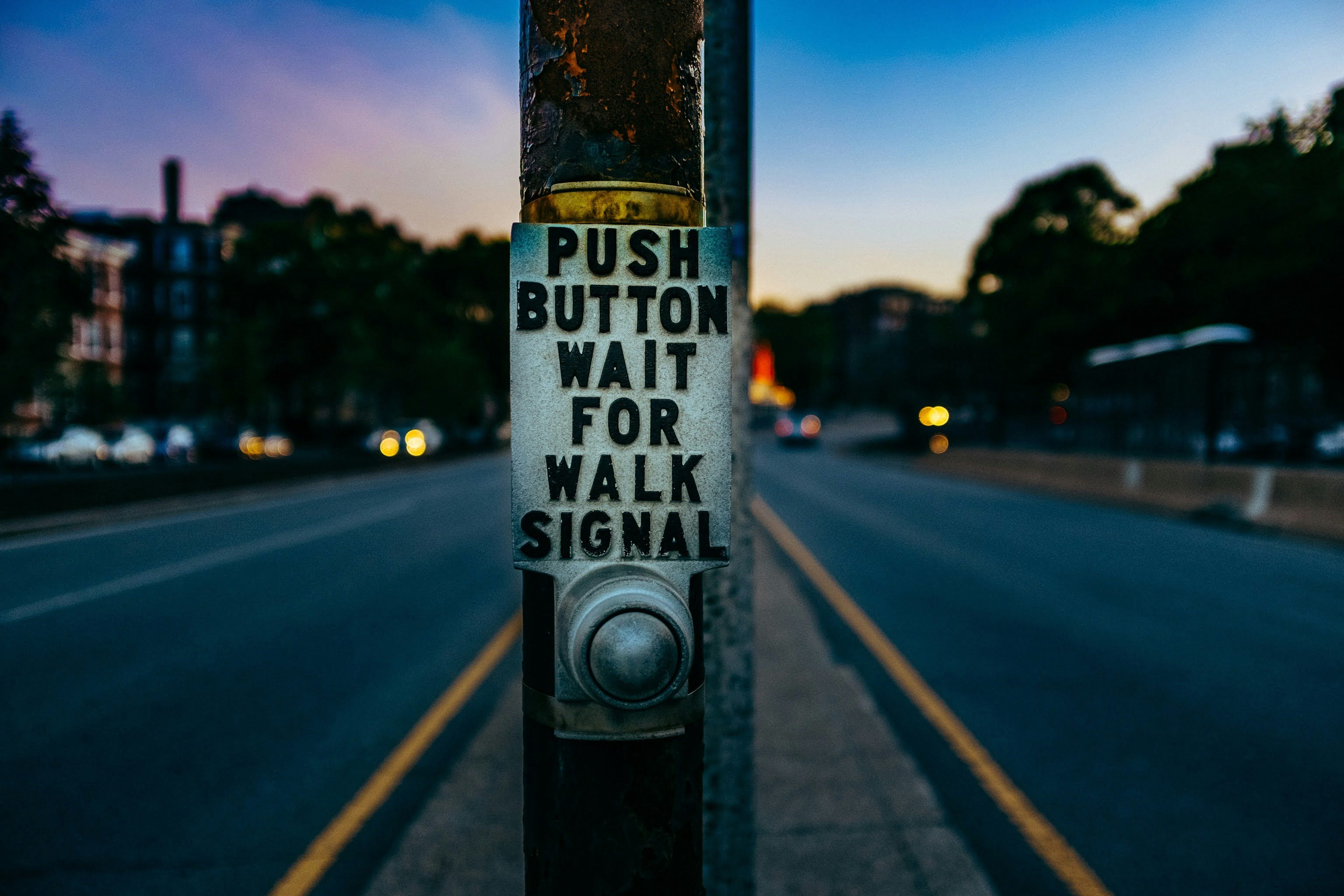
In today’s workplaces, speed is rewarded. Fast responses, quick fixes, and immediate answers are taken as signs of competence. But the most effective leaders often do the opposite. They practise the art of the pause.
The pause is not hesitation. It is a deliberate moment of space before responding, deciding or reacting. Neuroscience shows us why it works. When triggered, the amygdala in the brain pushes us towards fight, flight, or freeze. A pause allows the prefrontal cortex (the thinking part of the brain) to re-engage. That means decisions made after a pause are more likely to be thoughtful and constructive. Emotionally intelligent leaders use pauses in many ways. Before answering a challenging question, giving themselves time to consider tone as well as content. Or in conflict, preventing escalation and modelling calm. They pause in meetings, encouraging others to contribute.
In a digital context, the pause is even more valuable. Too often, emails or messages are dashed off in irritation, only to create more work repairing relationships later. A pause before hitting send can make the difference between a conflict and a collaboration. Every day I work inside company cultures, I see how transformative this can be. Just last week, I met a CFO I know who has a history of stress, and I remarked how well he looked. He told me that he had decided to only reply to emails during working hours. After a while, it reset colleagues' expectations and gave him pause to think.
Importantly, the pause is also relational. When a leader pauses to really listen, staff feel heard. When they pause to reflect on feedback, teams feel respected. The pause demonstrates that people are not just problems to be solved, but voices to be valued. Leaders sometimes fear that pausing will make them appear weak or indecisive. In fact, the opposite is true. Pausing signals confidence. It shows you are not ruled by impulse, but able to stand back, breathe, and consider before acting. A pause also demonstrates respect for others. It acknowledges that their words are worth considering and that decisions about them deserve careful reflection.
In practice, the pause does not need to be long. It might be three seconds before you reply in a meeting. It might be a walk around the block before sending a difficult email. It might be a structured overnight break before making a strategic call. Each of these allows emotions to settle, thinking to sharpen, and perspective to return. In a world of constant noise, the pause advantage is clear: the leader who pauses is the one most worth listening to.
